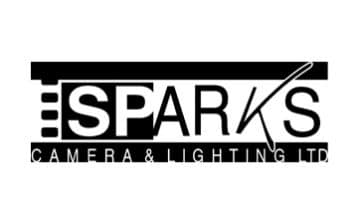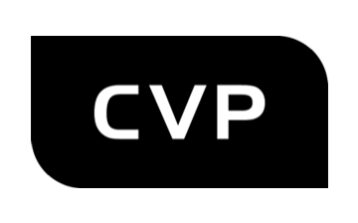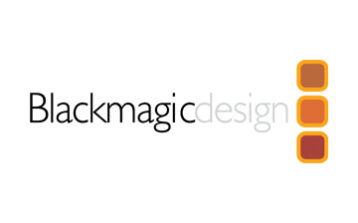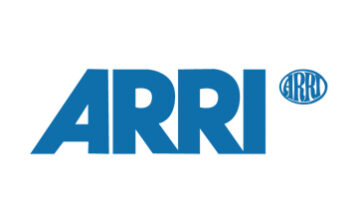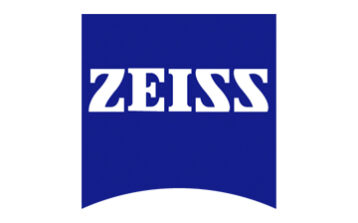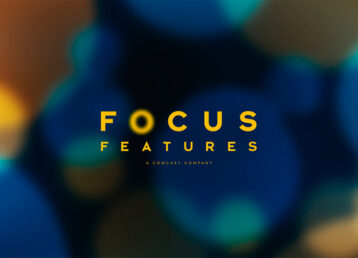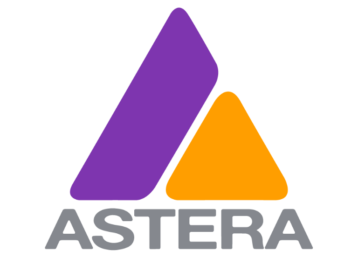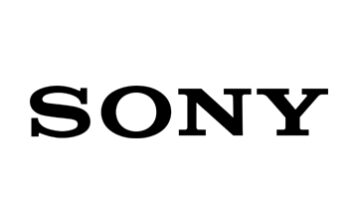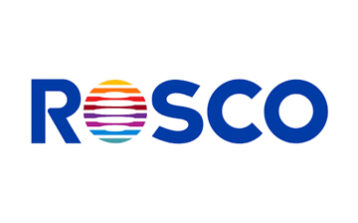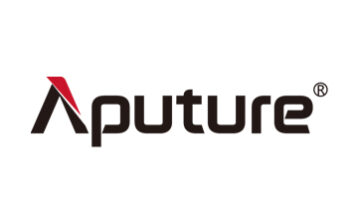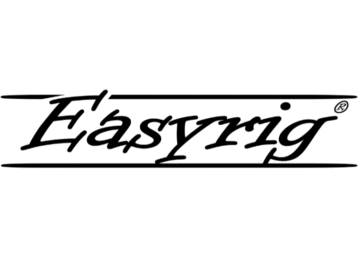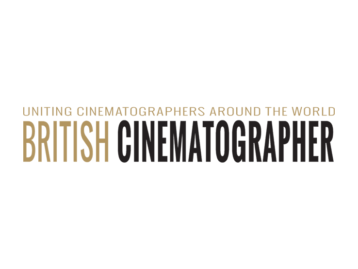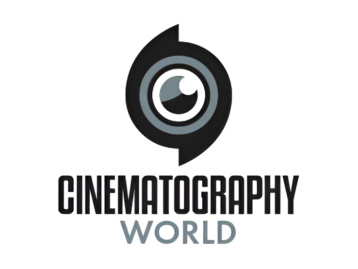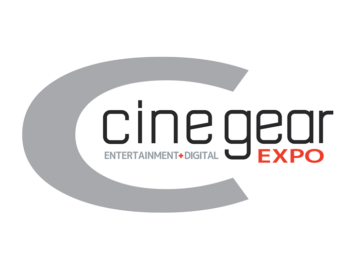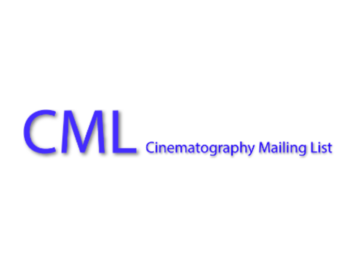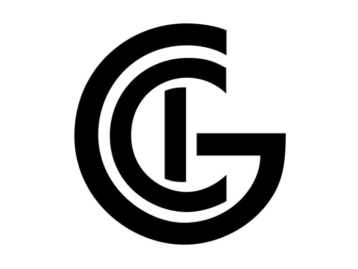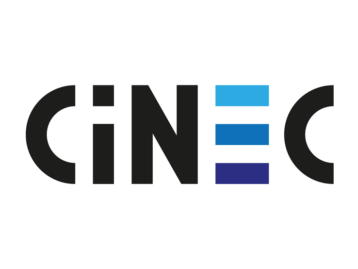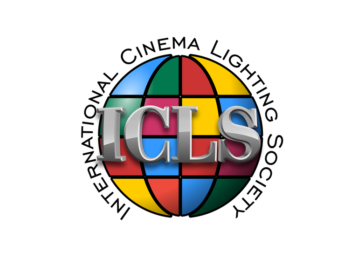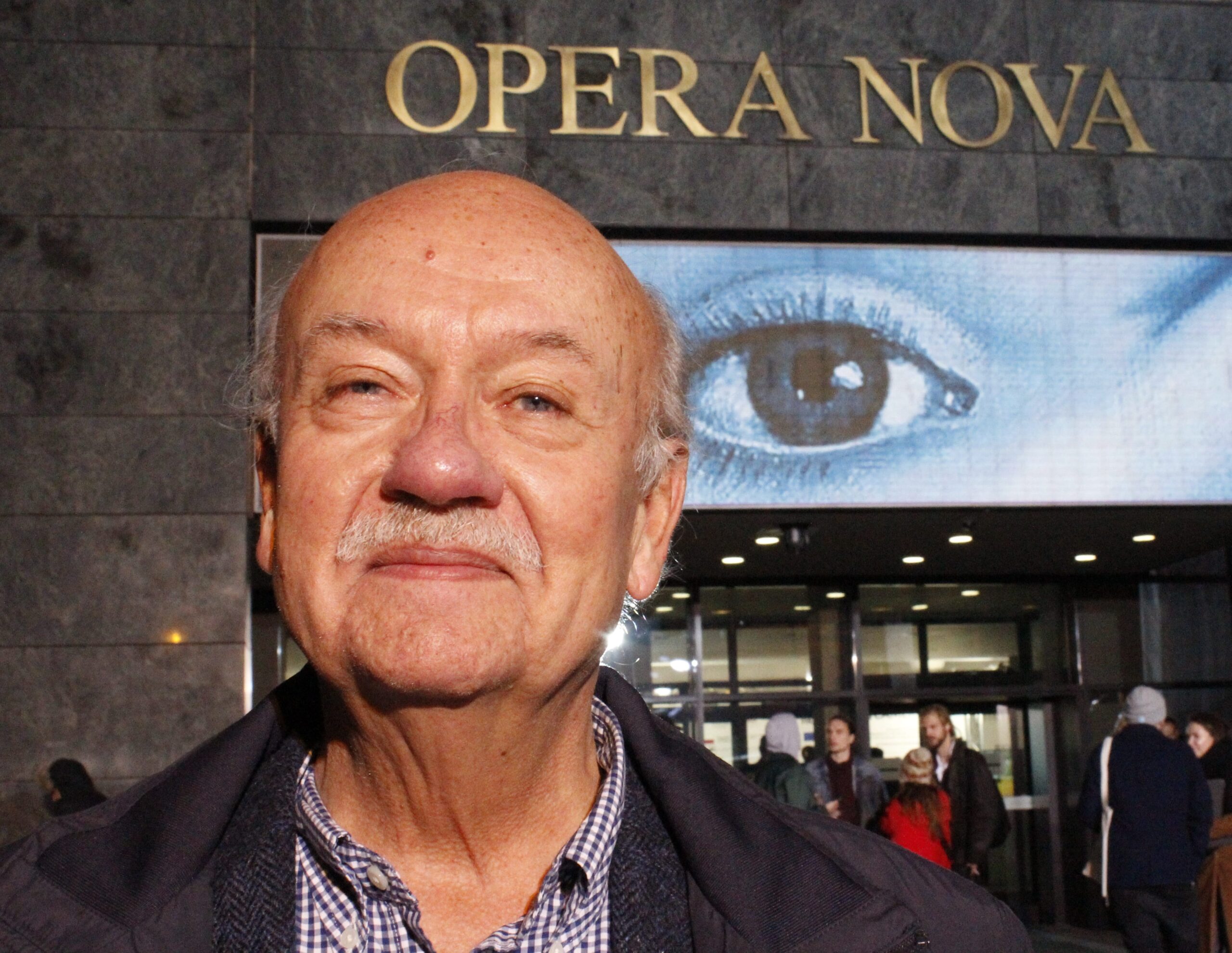
By Lars Pettersson, FSF
During the Camerimage film Festival, the president of IMAGO, Paul René Roestad, FNF, kindly agreed to take some time out of his busy schedule to grant the FSF a short interview.
FSF: Which are your main impressions of this year’s Camerimage film Festival?
Paul René – Camerimage has since 1993 been the most important festival for the international community of cinematographers to meet and to exchange their experiences, and I’m not merely talking about a European perspective here, this is the meeting point for Americans, Europeans, Asians -in short – everybody. The organisers do face a dilemma though, since the festival is expanding from one year to the next, both financially and physically, and the Opera Nova, the magnificent Opera House where some of the most important screenings and the manufacturers exhibition are located, is now utilized to its fullest capacity. In addition, Camerimage has lately been facing cuts in their support and budgets. Clearly there are some serious challenges to be met here, but we hope it can be solved, and IMAGO will do what it can to help to keep Camerimage healthy and running well is the aim of all cinematographers.
FSF: On Thursday November15th IMAGO and ASC hosted a seminar where cinematographers met Netflix representatives to discuss their views for the future and their growing influence in international film production, and also on cinematography, which are your main impressions from this meeting, and what do you aim for in the continued collaboration between the ASC and IMAGO?
Paul René – One of IMAGO´s most important goals is to work to see that experience and knowledge is satisfactorily exchanged between cinematographers over the borders and that important knowledge reaches all international cinematographers’ societies. The ASC is not at this point a member of IMAGO, but nonetheless we have the same philosophy, both pool our resources to arrange a lot of activities for the good of international cinematographers, and we have been collaborating for quite some time now and will do our best to see this good collaboration develop further. IMAGO was founded with the intent to gather all European cinematographers societies ”under one umbrella” so to speak, but many societies -even outside of Europe- expressed a strong desire to be members of IMAGO. Therefore it was decided about five years ago that IMAGO would be the hub organization for cinematographers societies on a global scale, and we have today 53 nations and more than 4300 cinematographers as members of IMAGO, from all corners of the World, and new Societies join every year and the ASC has a strong interest in international collaboration as well. Bi-annually ASC arranges “The international cinematography summit” in Los Angeles, gathering representatives from about 30 different international societies in order to try to find solutions to challenges we all face regardless of in which country we practice our art.
For IMAGO, questions regarding intellectual property are important, considering how digital moving pictures are distributed today. In most European countries the cinematographer is seen as an artist and as a consequence has intellectual rights to the imagery he or she creates, but in some Countries, as for instance USA and Great Britain, there is a tendency to view cinematographers as technicians that do not have intellectual rights to the work they create.
In IMAGO we work very hard to protect the work that cinematographers create. For instance, in many Countries the producers practice handing over the responsibility to colour correct or grade films to colourists without the cinematographer being present at all. There is increased understanding of the importance of these issues spreading internationally now, and through IMAGO the communication and information about such matters are more easily available for cinematographers, and experiences can more easily be shared.
But back to the ASC/IMAGO panel, it was very constructive. Netflix are posing a number of specifications for material to be used in their original programming, for instance it has to be shot in 4K. This affects the choices a cinematographer can make, for instance ruling out the use of the ARRI Alexa. Every cinematographer wants to obtain the best possible quality, but it’s important that the choices how to obtain that quality are done in cooperation with the cinematographer! Netflix were also strongly present at this IMAGO-ASC seminar and we are having a very constructive dialogue. Their policy is that they want a good and open relationship with the community of cinematographers, and wish to keep the dialogue going, and that they too are fully dependent on a two-way communication, and that creates respect.
FSF: What is your main focus in the immediate future as president of IMAGO?
Paul René – I divide my focus between many important issues. Intellectual property, for instance the cinematographer’s right to remuneration for what’s known as ”secondary use” and issues concerning working conditions. I’ll give you an example of ”secondary use”: say you are a British cinematographer shooting a feature in Britain for British theatres. This mean you will get remuneration for the cinema run but not for the screenings on British cable TV. However, British cinematographers are entitled to remuneration when their films are cable transmitted in Sweden, as Swedish legislation recognizes cinematographer´s authorship rights. These rights are supervised in Sweden by an organization called TROMB.
Concerning working conditions, many film crews around the world today work 15-hour days, a situation which I find totally unacceptable. Again, in Sweden, film crews work eight-hour days in accordance with Swedish law and are able to achieve a film quality second to none, and with budgets smaller than many.
FSF: One final question; your first assignments in the movie industry was as assistant cameraman to Sven Nykvist, ASC, FSF, on the feature film ”A day in the life of Ivan Denisovitj” (1970) -which where your strongest impressions from that production?
Paul René – This was my debut, and Sven and I became very good friends and in fact after that started a rental company, renting out French Éclair cameras to Scandinavian productions. However, I was too busy as a cinematographer at the time to be able to focus fully on rental, and of course Sven was getting endless offers and was shooting constantly all over the World, so after a while we decided to shut down the rental company. But working with Sven was incredibly educational and inspirational, and his way of lighting became a major influence on my own work as a DoP. Sven could work successfully with any director and in any situation. I suspect if you shoot more than 20 productions for Ingmar Bergman – you can handle anything! He still is my definitive hero!
